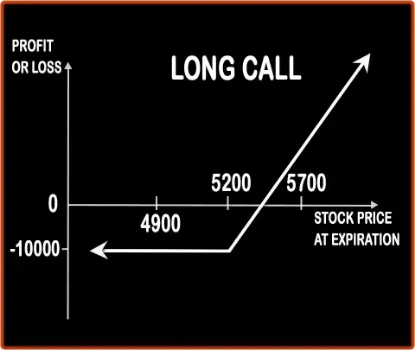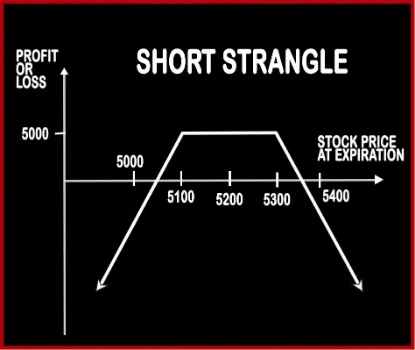Compare Strategies
| LONG CALL | SHORT STRANGLE | |
|---|---|---|

|

|
|
| About Strategy |
Long Call Option StrategyThis is one of the basic strategies as it involves entering into one position i.e. buying the Call Option only. Any investor who buys the Call Option will be bullish in nature and would be expecting the market to give decent returns in the near future. Risk:
|
Short Strangle Option StrategyThis strategy is similar to Short Straddle; the only difference is of the strike prices at which the positions are built. Short Strangle involves selling of one OTM Call Option and selling of one OTM Put Option, of the same expiry date and same underlying asset. Here the probability of making profits is more as there is a spread between the two strike prices, and if .. |
LONG CALL Vs SHORT STRANGLE - Details
| LONG CALL | SHORT STRANGLE | |
|---|---|---|
| Market View | Bullish | Neutral |
| Type (CE/PE) | CE (Call Option) | CE (Call Option) + PE (Put Option) |
| Number Of Positions | 1 | 2 |
| Strategy Level | Beginner Level | Advance |
| Reward Profile | Unlimited | Limited |
| Risk Profile | Limited | Unlimited |
| Breakeven Point | Strike Price + Premium | Lower Break-even = Strike Price of Put - Net Premium, Upper Break-even = Strike Price of Call+ Net Premium |
LONG CALL Vs SHORT STRANGLE - When & How to use ?
| LONG CALL | SHORT STRANGLE | |
|---|---|---|
| Market View | Bullish (Any investor who buys the Call Option will be bullish in nature and would be expecting the market to give decent returns in the near future.) | Neutral |
| When to use? | This strategy work when an investor expect the underlying instrument move in upward direction. | This strategy is perfect in a neutral market scenario when the underlying is expected to be less volatile. |
| Action | Buying Call option | Sell OTM Call, Sell OTM Put |
| Breakeven Point | Strike price + Premium | Lower Break-even = Strike Price of Put - Net Premium, Upper Break-even = Strike Price of Call+ Net Premium |
LONG CALL Vs SHORT STRANGLE - Risk & Reward
| LONG CALL | SHORT STRANGLE | |
|---|---|---|
| Maximum Profit Scenario | Underlying Asset close above from the strike price on expiry. | Maximum Profit = Net Premium Received |
| Maximum Loss Scenario | Premium Paid | Loss = Price of Underlying - Strike Price of Short Call - Net Premium Received |
| Risk | Limited | Unlimited |
| Reward | Unlimited | Limited |
LONG CALL Vs SHORT STRANGLE - Strategy Pros & Cons
| LONG CALL | SHORT STRANGLE | |
|---|---|---|
| Similar Strategies | Protective Put | Short Straddle, Long Strangle |
| Disadvantage | • In this strategy, there is not protection against the underlying stock falling in value. • 100% loss if the strike price, expiration dates or underlying stocks are badly chosen. | • Unlimited loss is associated with this strategy, not recommended for beginners. • Limited reward amount. |
| Advantages | • Less investment, more profit. • Unlimited profit with limited risk. • High leverage than simply owning the stock. | • Higher chance of profitability due to selling of OTM options. • Advantage from double time decay and a contraction in volatility. • Traders can book profit when underlying asset stays within a tight trading range. |